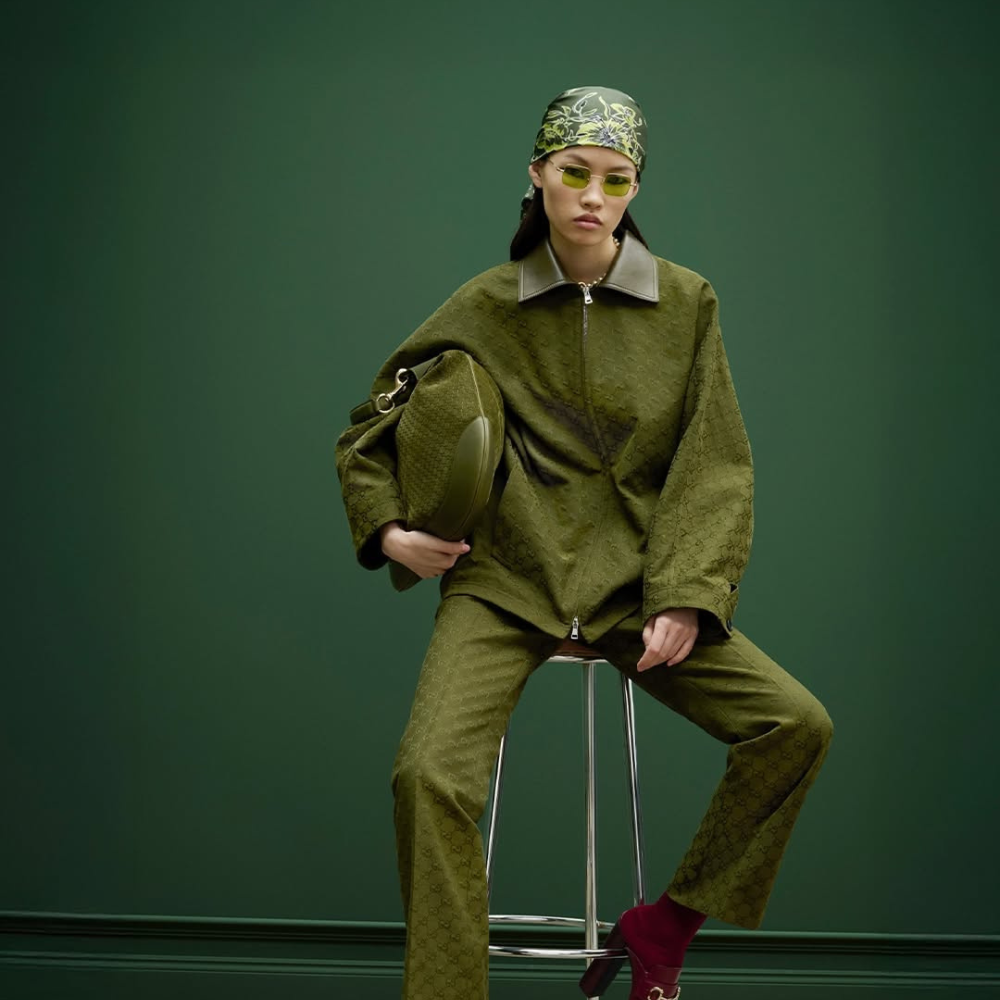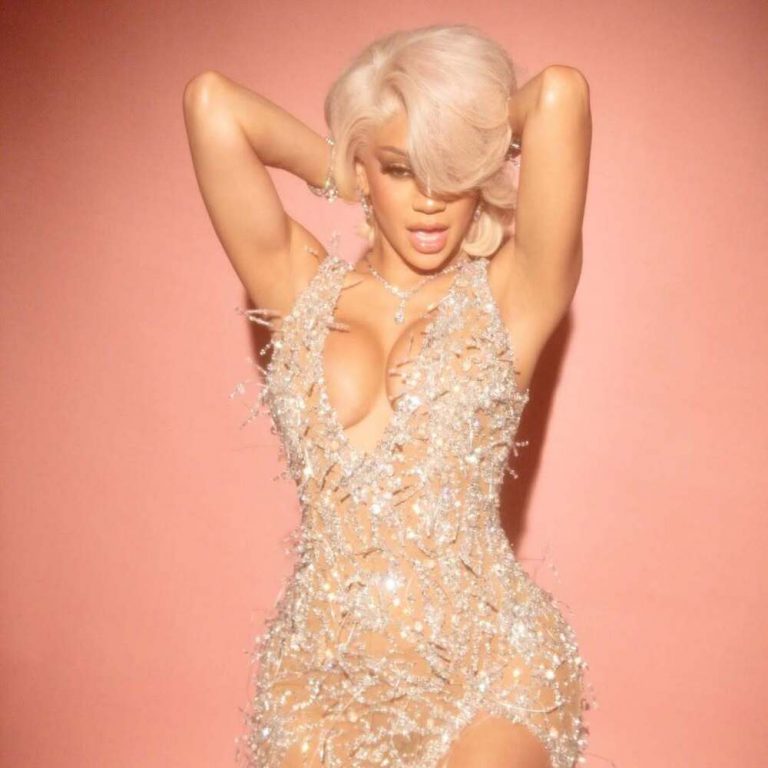It goes without saying that the design phase is a critical part of the success of a fashion collection. However, turning concepts into actual garments is not as straightforward as it seems. Apparel mockups, being invaluable tools for fashion designers, play a key role in this process. In this article, we will discuss how visual designs are refined and tested using mockups, as well as the marketing benefits they provide before clothing collections are finalized for mass production.
Why Mockup Apparel is Essential in A Fashion Line
Mockup apparel helps streamline the design process by quickly generating various looks that can be tested and refined. This allows designers to evaluate different styles and determine which ones resonate best with potential customers. By doing so, mockups reduce the risk of producing untested designs and foster better communication between manufacturers and their target audience, ensuring that the final product aligns with customer preferences.
Check Out 4 Solid Benefits of Apparel Mockups

#1. Helps Design Visualization Before Production
Producing clothing is costly, and testing every design element to determine its marketability can be a waste of resources. Mockups provide designers with a global view of how a piece looks, allowing them to evaluate how different elements interact. This helps ensure the design aligns with the original vision or reveals areas for improvement before committing to mass production.
#2. Improves Decision-Making on Individual Features
Mockups give designers the chance to experiment with color combinations, fabrics, and patterns, providing valuable insight into how different materials and styles will look together. This allows them to refine their designs based on how the feel and drape of the fabric create a superior or unexpected impression.
#3. Better Marketing
The ability to market a product before it’s produced offers significant benefits. Designers and brands can showcase their clothing using high-quality visuals enhanced with special effects to capture their target audience’s attention. Whether in a lookbook, on social media, a website, or a magazine, mockups allow for a more engaging and immersive presentation, which can drive pre-sales or generate buzz around the product.
#4. Streamlined Collaboration with Manufacturers
Clothing production often requires extensive back-and-forth communication between designers and manufacturers, with multiple revisions. Having a clear visual reference through collaborative image sharing and editing helps eliminate misunderstandings, ensuring that all parties are aligned. This not only streamlines the process but also reduces the likelihood of costly mistakes in production.
As GQ recently noted, there are currently few fashion subcultures remaining, as corporations have gobbled up the industry. Therefore, there is more room than ever for fresh ideas.
Here’s How To Guage How Well Your Audience is Responding to Different Apparel Mockups…

Once a manufacturer has finalized a design, the next step is to conduct data-driven testing to assess how well each mockup resonates with the target audience. By analyzing a wide range of specific metrics, feedback, and behavioral data, designers and marketers can gain insights into which mockups are most likely to generate engagement and drive sales. This testing phase allows for the refinement of designs based on real-time reactions and consumer preferences, ensuring that the final product aligns with market demands before production begins. Here are some of the main markers for that:
#1. Engagement Metrics
Click-Through Rates (CTR) are essential for tracking how often users click on a mockup when it’s displayed in ads or e-commerce platforms. As one of the most direct indicators of interest, a higher CTR suggests that the mockup is effectively capturing attention and prompting further engagement.
On social media, engagement metrics like likes, shares, and comments offer additional insights into the appeal of a design. Tools such as Instagram Insights and Facebook Analytics can further help gauge which mockups are generating the most interaction, providing valuable data to refine the design and marketing strategies.
#2. Conversion Rates
Add-to-cart count is another strong indicator of success, as it demonstrates how well a mockup is persuading users to take the next step in the buying process. This metric is particularly valuable because it reflects genuine interest, showing that users are seriously considering purchasing the product.
Ultimately, however, the true effectiveness of a mockup is proven by its ability to convert into actual sales. If a mockup generates high engagement but does not lead to completed purchases, it may indicate a disconnect between the design and the final decision-making process.
#3. A/B Testing for Mockup Comparison
Split testing, or conducting A/B tests with different mockups, allows you to compare designs directly in a controlled environment. By randomly displaying various mockups to separate user groups, you can gather real-time data on how each one performs in terms of engagement, conversion, and sales.
#4. Time spent on page and interaction
A high bounce rate after a user views a mockup typically indicates a lack of engagement, suggesting that the design may not be appealing or aligned with the user’s expectations. On the other hand, a low bounce rate suggests that the mockup is resonating with users, capturing their attention, and generating more interest.
Relevant data can be incredibly valuable, to the point where Wired reports that data streaming is set to be the future of business. With the right data analytics tools, businesses can continually refine their designs and marketing strategies, ensuring that their offerings align with customer preferences and drive better results.
#5. User Feedback and Surveys
Collecting audience feedback through surveys or social media comments is invaluable. By directly asking your audience about their preferences, you can gain insights into both their likes and emotional responses to designs. This feedback helps guide your design choices for better alignment with customer desires.
Additionally, heatmaps and click-maps track user interactions, showing which areas of an apparel mockup attract the most attention. For instance, if users focus on a particular logo or color, it highlights the design elements that resonate most, allowing you to refine your approach accordingly.
#6. Audience Segmentation and Demographics
Tools like Google Analytics and social media insights provide a breakdown of your audience by age, location, and gender, enabling you to tailor designs to their specific preferences. Additionally, behavioral data, such as frequent revisits to certain mockups, signals a higher level of interest and potential customer loyalty.
Common Mistakes to Avoid with Mockup Apparel
While mockups offer great benefits for boosting clothing sales, designers can make common mistakes that undermine their effectiveness. Here are a few to watch out for:
- Over-relying on stock mockups: Customizing your mockup is essential to convey the unique impression you want. Relying too heavily on stock images can make your mockup appear generic.
- Ignoring fabric and texture details: Digital mockups often lack the depth, shine, and texture found in real garments. It’s crucial to reflect these aspects to create a realistic image.
- Not testing color variations: Ensure you test different color combinations to avoid clashes and to find the most appealing palettes.
- Failing to match realistic sizing: The fit buyers expect must be accurately represented on the model in your mockup to avoid misleading them.
- Using outdated or poor-quality mockup files: High image quality is key to showing professionalism and making a strong impression on potential customers.
- Overcomplicating the design: A cluttered look can distract from the product. Keep your mockup simple and focused on the key design elements.
- Ignoring the context of the mockup: Consistency in theme and company style is important to maintain a cohesive brand image.
- Not updating mockups for new trends: Stay current with seasonal trends and holidays, as these can significantly boost engagement and sales.
Featured image: @gucci/Instagram
For the latest in fashion, lifestyle, and culture, follow us on Instagram @StyleRave_
—Read also





























+ There are no comments
Add yours